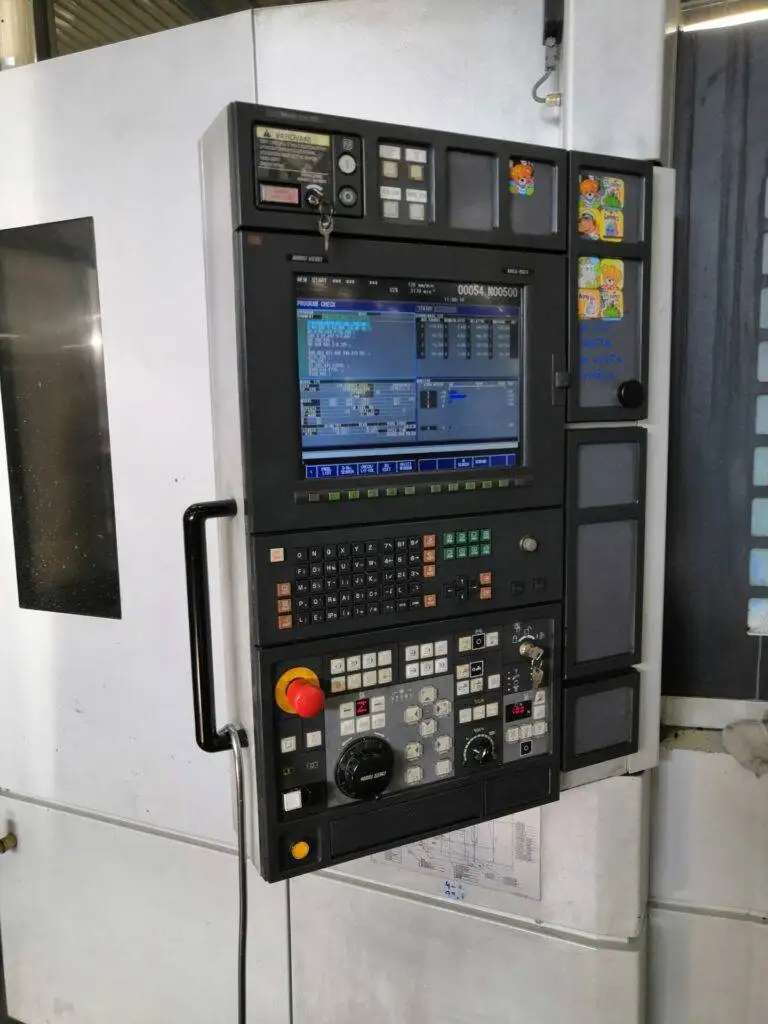The Art and Science of Metal Annealing

Introduction
Metal annealing is a heat treatment process that alters the physical and sometimes chemical properties of a material to increase its ductility and reduce its hardness. This process makes the material more workable, allowing it to be shaped and formed more easily.
Process
The annealing process involves heating a metal to a specific temperature, holding it at that temperature for a period, and then cooling it down slowly. The temperature and the cooling rate depend on the type of metal and the desired properties. For instance, steel is usually annealed at temperatures ranging from 700 to 900 degrees Celsius.
Benefits
Annealing offers several benefits. It relieves internal stresses in the metal caused by previous processes such as rolling or welding, reduces brittleness, and improves the metal’s machinability. Moreover, it enhances electrical conductivity and prepares the metal for further processes like cutting or bending.
Types of Annealing
There are several types of annealing, including full annealing, process annealing, and stress relief annealing. Full annealing involves heating the metal to a high temperature and then cooling it slowly in the furnace. Process annealing is done at lower temperatures and is used to remove the effects of cold working. Stress relief annealing is used to reduce internal stresses in the metal.
Conclusion
Metal annealing is a crucial process in metallurgy, offering a way to manipulate the properties of metals to suit specific applications. By understanding and controlling this process, we can create materials with the perfect balance of hardness, ductility, and strength for any given task.





You must be logged in to post a comment.